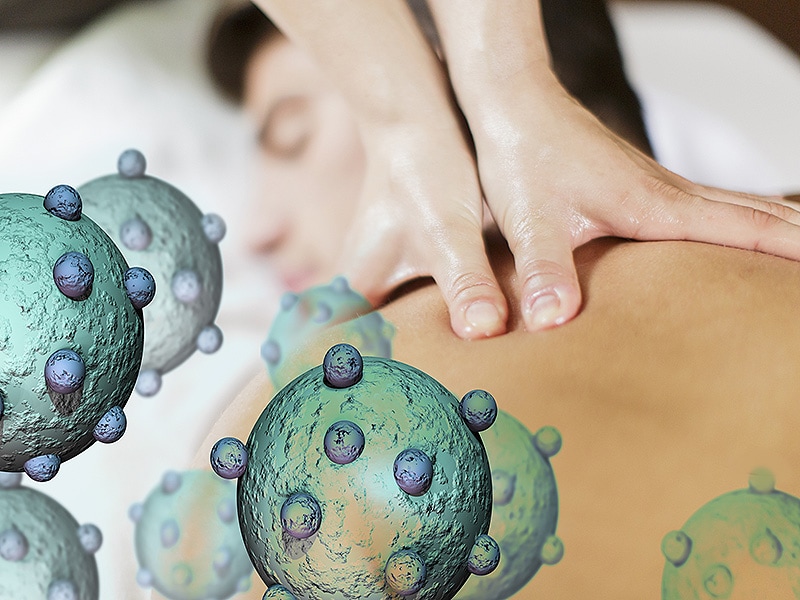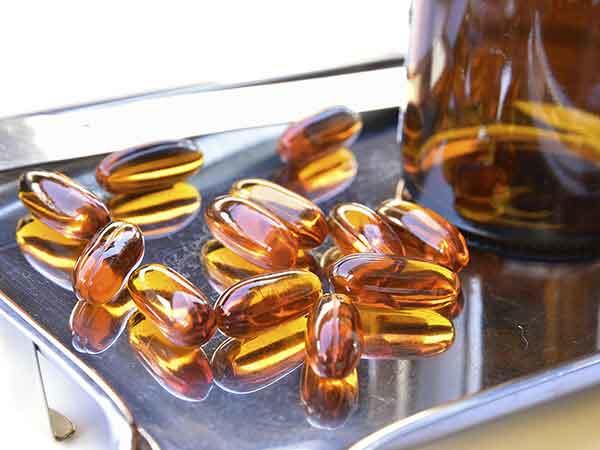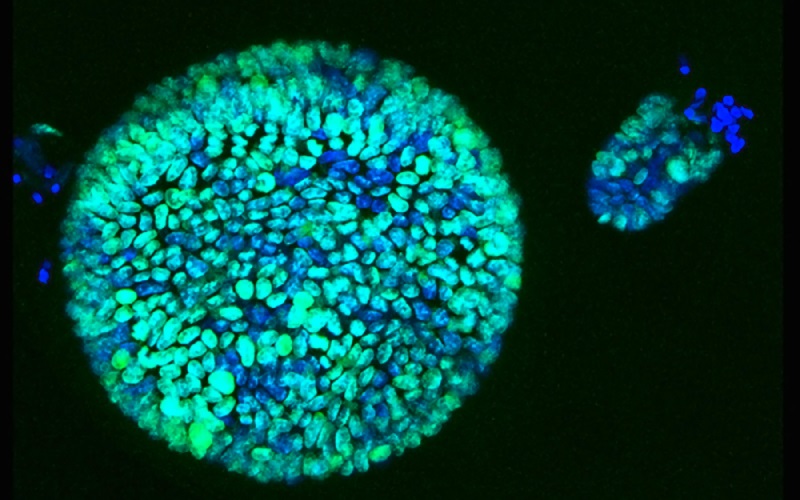Within my previous articles on cancer, I didn’t discuss negligence acids, bases and antioxidants in greater detail. Although the current hype regarding the miraculous nature of fundamental water, antioxidant foods and medicines, I am compelled to part of and the records straight with presently available medical literature.
The strength of acids, bases and antioxidants in cancer therapy isn’t a myth. It’s biochemical basis informed by modern research (SS Kim et al, 2004 Ian F. Robey & Lance A. Nesbit, 2013). The apparent debate surrounding this subject originates from poor coordination of research findings.
I’ve read articles (Bradley A. Web et al, 2011 Shi Q. et al, 2001 Silver M. et al, PubMed 2011) supporting systemic alkalosis or systemic hyperacidosis because the dominant toxic take into account cancer development. I’ve also viewed video presentations claiming that cancer development is just a natural cellular adaptation to toxic atmosphere, that’s remedied by normalizing the weather.

These claims are understandably, unbalanced details. Using the finish in the discussion it might have become apparent there are no reason for undue generalizations inside the treating of cancer. There still remains the advantages of expert judgement in formulating a cancer treatment protocol.
BEFORE CANCER
First, allow me to condition your body will literally rust away like a nail left underneath the rain after a while without inbuilt natural protective mechanisms. To avoid rust or oxidation, most macromolecules required for human existence are resistance against molecular oxygen or oxygen equivalents with hydrogen molecules (reduction). Oxygen equivalents are individuals compounds that remove these protective hydrogen molecules business compounds.
They are also known as oxidizing agents. Compounds that restore these hydrogen molecules are called reducing agents. Two most fundamental organic reducing agents in body are glutathione and ubiquinone, while two most fundamental oxidizing agents are molecular oxygen and free oxygen radicals.
APOPTOSIS AND GROWTH SUPPRESSOR GENES
The body cells are frequently continuously moving from resting phase, to growth phase then multiplication phase. This continuous condition of growth and multiplication ensures that any organ might grow for the size, based on its natural rate of growth. By inference everyone might also become giants. Furthermore, it suggests getting older of people.
Thankfully, every cell comes with a inbuilt apoptotic clock that makes certain that it dies transporting out a number of months, making room for incoming cells. Thus red bloodstream stream cells, for example, are recycled every 4 several days. The shape and size within the cells of human organs are equally limited before their date of apoptosis, by growth suppressor genes (particularly p53, AP1, NF-kB) located in the nucleus.

A thing that hinders the functions of apoptosis and growth suppressor genes would clearly be prone to produce unmanageable growth and multiplication of cells in almost any body organ. This rapid progression of disorganized and poorly differentiated cells is known as cancer.
All anti-growth suppression and anti-apoptosis agents are called carcinogens. They may be chemicals, radiations, biochemical molecules, acids, bases, toxins, heat, cold, etc. Nevertheless all of them exert their effect by in activating apoptosis gene or growth suppressor gene. They accomplish this by corrupting the gene coding system with techniques the codes are wrong (missense) or mean nothing (nonsense).





